Table of Contents
- Understanding the Game Controller Joystick Module and Its Functionality
- Key Features to Look for in an Ideal Joystick Module
- Best Ways to Integrate a Joystick Module into Your Gaming Projects
- Maintenance Tips for Enhancing the Longevity of Your Joystick Module
- Recommended Joystick Modules for Different Gaming Needs
- Q&A
- In Retrospect
Understanding the Game Controller Joystick Module and Its Functionality
The game controller joystick module is a pivotal component in the design and functionality of modern gaming consoles and PC peripherals. This module allows for precise control of gaming characters and elements, translating the physical movements of the user’s hands into digital actions on-screen. By utilizing a combination of potentiometers and a microcontroller, joystick modules can detect the angle and direction of movement, providing players with real-time feedback and interaction.
Key features of joystick modules include:
- Analog Input: Joysticks often provide analog input, allowing for variable responses based on how far or how quickly the joystick is moved.
- Dual-Axis Control: Most joystick modules support motion along both X and Y axes, enabling fluid movement in multiple directions.
- Responsive Feedback: With advanced haptic technology integrated into some models, users experience tactile sensations that enhance immersion.
Additionally, the connectivity of these joystick modules is noteworthy. They typically interface with gaming systems through various protocols, such as:
| Connection Type | Description |
|---|---|
| USB | Widely used for PC gaming, offering plug-and-play functionality. |
| Bluetooth | Provides wireless connectivity, allowing for freedom of movement. |
| Direct Wires | Used mainly in consoles for lower latency response times. |
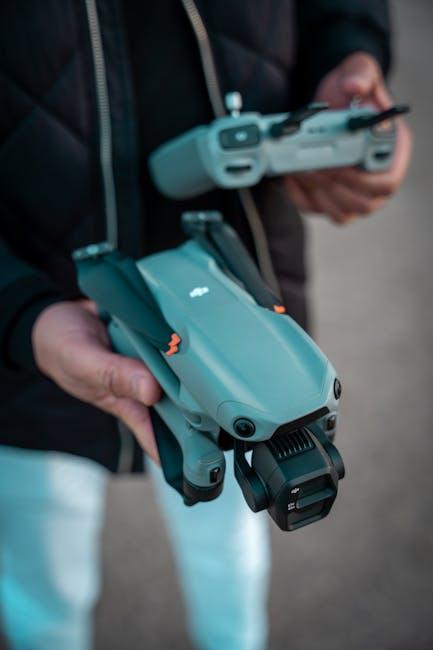

Key Features to Look for in an Ideal Joystick Module
When selecting the perfect joystick module for your gaming projects, it’s crucial to consider the precise sensitivity levels it offers. Ideally, a joystick should provide a smooth and responsive control experience, allowing for nuanced movements that can significantly affect gameplay. Look for modules that incorporate potentiometer-based sensors for analog control, as these tend to offer better precision compared to digital alternatives. This level of responsiveness not only enhances user satisfaction but also helps in achieving better scores in competitive gaming scenarios.
Another key feature to assess is the compatibility with various platforms and devices. Ensure that the joystick module you opt for can easily interface with your gaming system or microcontroller, such as Arduino or Raspberry Pi. Additionally, check for support for USB connections, which are becoming standard in modern gaming applications. This ensures that your setup is not only versatile but also future-proof, allowing you to integrate new technologies and gaming trends smoothly.
pay attention to the ergonomics and overall design of the joystick module. Comfort is essential, especially for extended gaming sessions. Look for modules that prioritize grip and ease of use, featuring textured surfaces and a layout that feels intuitive in the hand. Some advanced models even come with customizable button layouts, allowing gamers to tailor their setup according to personal preferences. Such flexibility can greatly enhance the gaming experience, allowing for quicker reflexes and a more immersive interaction with the game environment.
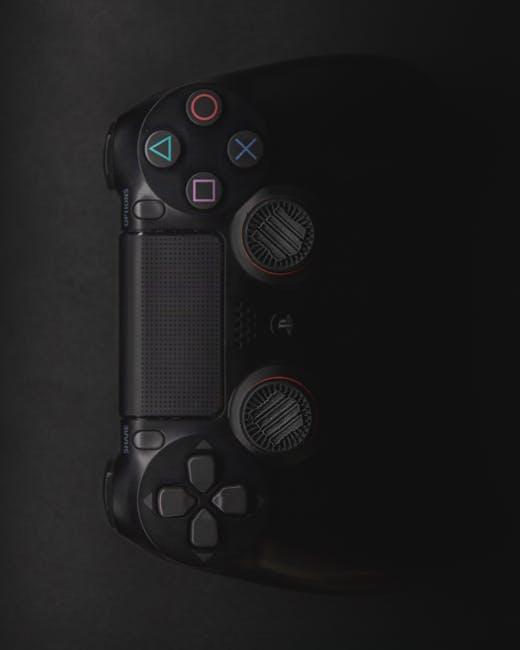

Best Ways to Integrate a Joystick Module into Your Gaming Projects
Integrating a joystick module into your gaming projects can elevate the user experience and provide greater control. One of the most popular choices is the analog joystick, which allows for smooth directional movement. To successfully integrate this into your project, begin with a solid understanding of the basic wiring and coding required for your specific platform, be it Arduino, Raspberry Pi, or others. Always refer to the joystick module’s datasheet for pin configuration to ensure accurate connections.
Once you’ve established your hardware connections, it’s time to focus on programming. Utilize libraries specifically designed for your platform, as they can simplify the coding process and enhance communication with the joystick module. For instance, if you are using Arduino, the Joystick library can help you easily map the joystick input to corresponding actions within your game. You can define a set of control responses, like moving your character up, down, left, or right based on the joystick’s X and Y-axis values.
Moreover, consider adding extra features to your project to enrich gameplay. This could include implementing vibration feedback when certain in-game actions occur or using additional buttons on the joystick for various functions like jumping or firing. To visualize this, refer to the table below showcasing some common joystick features and their potential applications:
| Joystick Feature | Possible Applications |
|---|---|
| Dual Axis Control | Character movement in 2D/3D space |
| Button Functions | Actions like jump, shoot, or run |
| Analog Sensitivity | Precision aiming or gradual speed control |
| Vibration Feedback | Enhanced immersion through tactile responses |


Maintenance Tips for Enhancing the Longevity of Your Joystick Module
To ensure that your joystick module remains in prime condition, regular cleaning is essential. Dust and dirt can accumulate in the crevices, affecting performance and responsiveness. Use a soft, lint-free cloth to gently wipe down the outer casing. For a deeper clean, take a cotton swab lightly dipped in isopropyl alcohol to clean around the joystick base and buttons. Avoid using water or harsh cleaners that may damage the internal components.
Another important aspect of maintenance is to monitor usage frequency and conditions. Intensive gaming sessions can lead to wear and tear, especially on mechanical parts. Taking breaks during extended play can minimize strain on the joystick module. Additionally, consider the environment where you store your controller. High humidity and extreme temperatures can adversely affect its functionality. Aim to keep it in a cool, dry place when not in use.
regular software updates can also contribute to maintaining your joystick module’s performance. Check for firmware updates from the manufacturer to ensure you’re using the latest features and fixes. Below is a simple table that summarizes some quick maintenance tips:
| Maintenance Activity | Frequency |
|---|---|
| Clean the exterior | Weekly |
| Check for firmware updates | Monthly |
| Inspect for physical damage | Every 3 months |
| Store in a protective case | Always |
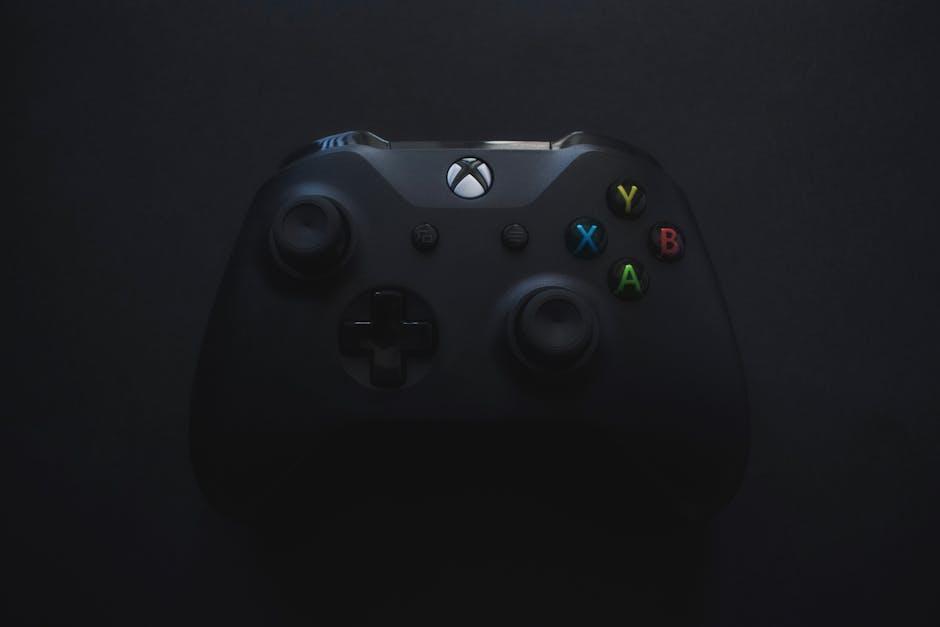

Recommended Joystick Modules for Different Gaming Needs
When selecting a joystick module, the type of gaming experience you desire plays a crucial role in your choice. For casual gamers, a straightforward and affordable joystick module suffices. These typically offer basic functionalities and smooth operation, perfect for arcade-style games or simple platformers. Options like the Arduino Joystick Module provide an easy integration with DIY projects and help newcomers get acquainted with joystick mechanics.
For gamers who crave precision and responsiveness, high-performance joystick modules are essential. Racing simulations and competitive shooters benefit from the increased accuracy that modules like the Adafruit I2C Joystick provide. These joysticks come with customizable features, including sensitivity settings and additional buttons for various configurations, allowing players to tailor their setup for improved gameplay. Their enhanced build quality and performance make them an excellent choice for serious gamers.
Furthermore, for mobile and handheld gaming, selecting a compact and ergonomic joystick module is key. Modules such as the Joy-Con L/R for Nintendo Switch not only offer a streamlined design but also integrate seamlessly with gaming consoles and mobile devices. This makes them ideal for gamers on the go, combining portability with functionality. Below is a quick comparison of joystick modules tailored to different gaming experiences:
| Joystick Module | Best For | Key Features |
|---|---|---|
| Arduino Joystick Module | Casual Gamers | Low-cost, easy integration |
| Adafruit I2C Joystick | Precision Gamers | High accuracy, customizable features |
| Joy-Con L/R | Mobile Gaming | Compact, ergonomic design |
Q&A
Q&A on Game Controller Joystick Modules
Q1: What is a game controller joystick module? A: A game controller joystick module is an electronic component that translates the physical movements of a joystick into signals that a computer or gaming console can understand. These modules typically consist of a joystick, buttons, and sometimes an analog stick, allowing for precise control in gaming applications.Q2: How does a joystick module work? A: Joystick modules operate using potentiometers that detect the movement of the joystick along its axes. When the joystick is moved, these potentiometers change their resistance based on the position of the joystick, converting that movement into electrical signals. These signals are then relayed to the gaming device, translating them into on-screen actions.
Q3: What are the main components of a joystick module? A: A typical joystick module includes the following components:
- Joystick Handle: The part users manipulate.
- Potentiometers: These sensors measure the joystick’s movement and position.
- Buttons: For additional controls that can perform various functions in a game.
- Connection Interface: Usually GPIO pins or serial connections to facilitate communication with the gaming hardware.
Q4: What applications are joystick modules used in? A: Joystick modules are commonly used in various gaming devices, robotic control systems, and DIY electronic projects. They provide an intuitive interface for navigating games, controlling drones, or even maneuvering robots. Additionally, they are often found in arcade machines and flight simulation controls.
Q5: Can I use a joystick module for DIY projects? A: Absolutely! Joystick modules are favored in the maker community for DIY electronics. They can easily be integrated with microcontrollers like Arduino or Raspberry Pi, allowing hobbyists to create custom game controllers, robotic interfaces, or interactive installations. Numerous tutorials are available online to jumpstart your projects.
Q6: What should I consider when selecting a joystick module? A: Here are a few factors to keep in mind:
- Compatibility: Ensure that the module is compatible with your project’s platform (e.g., Arduino, Raspberry Pi).
- Resolution: Higher resolution allows for more precise movements.
- Form Factor: Choose a size that fits your project design.
- Durability: If you plan on heavy usage, opt for modules with robust build quality.
Q7: Are joystick modules adjustable or customizable? A: Many joystick modules offer some level of customization. You can adjust sensitivity settings or modify the physical joystick to suit your preferences. Some advanced modules even allow for calibration through software, enabling you to define specific parameters for your gaming experience.
Q8: Where can I purchase a game controller joystick module? A: Joystick modules can be found at electronics retailers, specialized online marketplaces like Adafruit or SparkFun, or general online stores like Amazon. Depending on your needs, you can find a variety of options ranging from basic to advanced models.
Q9: How do I troubleshoot my joystick module if it’s not responding? A: If your joystick module fails to respond, check the following:
- Ensure all connections are secure.
- Verify the power supply is adequate.
- Test the module with different hardware to rule out compatibility issues.
- Look for any physical damage or wear. If all else fails, consult the datasheet or manufacturer guidelines for troubleshooting tips.
Q10: Can joystick modules be used in commercial gaming products? A: Yes, joystick modules are widely used in commercial gaming products. However, commercial applications often require higher-quality components and rigorous testing. Manufacturers typically integrate joystick modules into custom-designed game controllers to ensure optimal performance and user experience.—Feel free to refer to this Q&A format for your article, tailoring additional questions or topics as needed to better fit your audience and context!


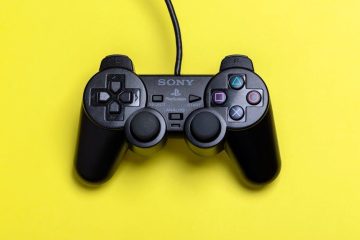
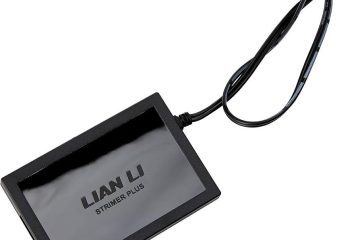
0 Comments